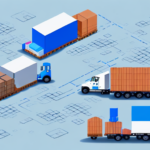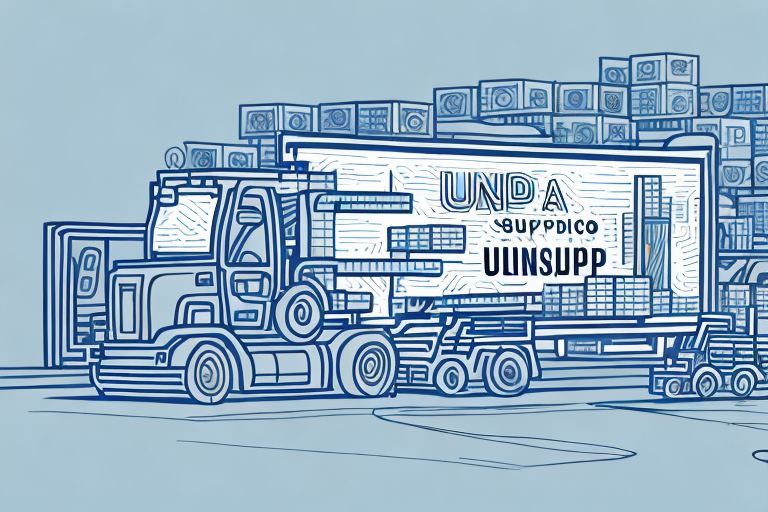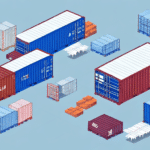7 Tips for Properly Packaging Items to Prevent Damage by FedEx
Shipping items with FedEx requires careful packaging to ensure your package arrives safely and on time. Proper packaging not only protects your items from damage during transit but also minimizes delays and additional costs. Here are seven essential tips to help you package your items effectively for FedEx shipments.
1. Why Proper Packaging Matters for Shipping with FedEx
Proper packaging is crucial when shipping with FedEx for several reasons:
- Protection During Transit: Packages undergo various handling processes, including sorting, loading, and unloading, which can subject them to drops, bumps, and stacking. Adequate packaging safeguards your items from these potential hazards.
- Timely Delivery: Damaged packages may need to be returned for repackaging, causing delays. Proper packaging helps ensure your package reaches its destination on schedule.
- Security: Well-packaged items are less susceptible to theft. Secure packaging deters tampering and unauthorized access during transit.
- Cost Efficiency: Reducing the risk of damage can save you from incurring additional shipping costs associated with replacements or reshipping.
According to the UPS Shipping Safety guidelines, proper packaging can significantly reduce the likelihood of package damage, echoing similar recommendations provided by FedEx.
2. Understanding FedEx's Packaging Guidelines
Familiarizing yourself with FedEx’s packaging guidelines is the first step to ensuring your package meets all requirements:
Weight and Size Restrictions
FedEx has specific weight and size limits for different shipping services. Exceeding these limits can result in additional fees or package rejection. For instance, FedEx Express offers packages up to 150 lbs, whereas FedEx Ground allows up to 70 lbs. Always verify the latest weight and size restrictions on the FedEx website.
Packaging Materials
Use sturdy, corrugated boxes, which provide better protection than regular cardboard. Additionally, utilize appropriate cushioning materials such as bubble wrap, foam, or packing peanuts to secure the items inside the box.
Special Packaging Requirements
Items classified as hazardous or fragile have specific packaging requirements. Refer to FedEx’s Packaging and Preparation Guidelines for detailed instructions on handling these types of shipments.
3. Choosing the Right Packaging Materials
Selecting the Appropriate Box
Choosing the right box is fundamental to protecting your shipment:
- Size: The box should fit your items snugly. A box that’s too large can cause items to shift, while one that’s too small can exert undue pressure on the contents.
- Strength: Use double-walled corrugated boxes for heavier items to provide extra durability and protection.
Using Cushioning Materials
Cushioning materials absorb shocks and prevent movement within the box. Common options include:
- Bubble Wrap
- Foam Inserts
- Packing Peanuts
- Air Pillows
For electronic items, consider using anti-static bubble wrap to protect against electrostatic discharge.
4. Securing and Labeling Your Package
Proper Sealing Techniques
Seal your package securely to prevent it from opening during transit:
- Use high-quality packing tape, preferably reinforced or filament tape.
- Apply tape along all seams and edges of the box.
- Reinforce the bottom of the box with additional tape to support the weight of the contents.
Clear Labeling
Ensure that labels are legible and securely attached:
- Include both the sender's and recipient's full names, addresses, and contact numbers.
- Use a shipping label that is free from wrinkles and smudges.
- For fragile items, clearly mark the package with "Fragile" stickers to alert handlers.
5. Using FedEx Packing Services
If packaging your items seems daunting or if you’re shipping valuable or fragile goods, consider utilizing FedEx’s packing services:
- FedEx Office Packing: Provides professional packing services to ensure your items are securely packaged.
- Custom Crating: For oversized or particularly fragile items, custom crating solutions offer enhanced protection.
These services can save time and provide peace of mind, knowing your items are packed by professionals. More details can be found on the FedEx Packaging Services page.
6. Tracking Your Shipment and Reporting Damages
Tracking Your Package
FedEx offers robust tracking tools to monitor your shipment’s progress:
- FedEx Tracking: Enter your tracking number to view real-time updates.
- Sign up for FedEx Delivery Manager to customize delivery options and receive notifications.
Reporting Damages
If your package arrives damaged, report it promptly to FedEx:
- File a claim through the FedEx Customer Support portal.
- Provide detailed information and photographic evidence of the damage.
Timely reporting is essential for processing claims efficiently and securing compensation if applicable.
7. Common Packaging Mistakes to Avoid
Avoiding common packaging errors can significantly enhance the safety of your shipments:
- Using Inadequate Boxes: Avoid using flimsy or reused boxes that may not offer sufficient protection.
- Insufficient Cushioning: Failing to use enough cushioning can lead to item movement and damage.
- Incorrect Weight Distribution: Unevenly distributing weight can cause the package to become unbalanced and potentially tear.
- Poor Sealing: Not sealing the package properly can result in it opening during transit.
- Missing Labels: Ensure all necessary labels and documentation are present and clearly visible.
By being mindful of these common pitfalls, you can enhance the likelihood of your package arriving in pristine condition.
Conclusion
Proper packaging is essential for ensuring your FedEx shipments arrive safely and on time. By following these seven tips—understanding FedEx’s guidelines, choosing the right materials, securing and labeling your package, utilizing packing services when necessary, tracking your shipment, and avoiding common mistakes—you can significantly reduce the risk of damage during transit.
Remember to always stay updated with FedEx’s latest packaging requirements and leverage their resources for the best shipping experience. Whether you’re shipping a single item or managing bulk shipments, investing time in proper packaging pays off in reliability and customer satisfaction.






















